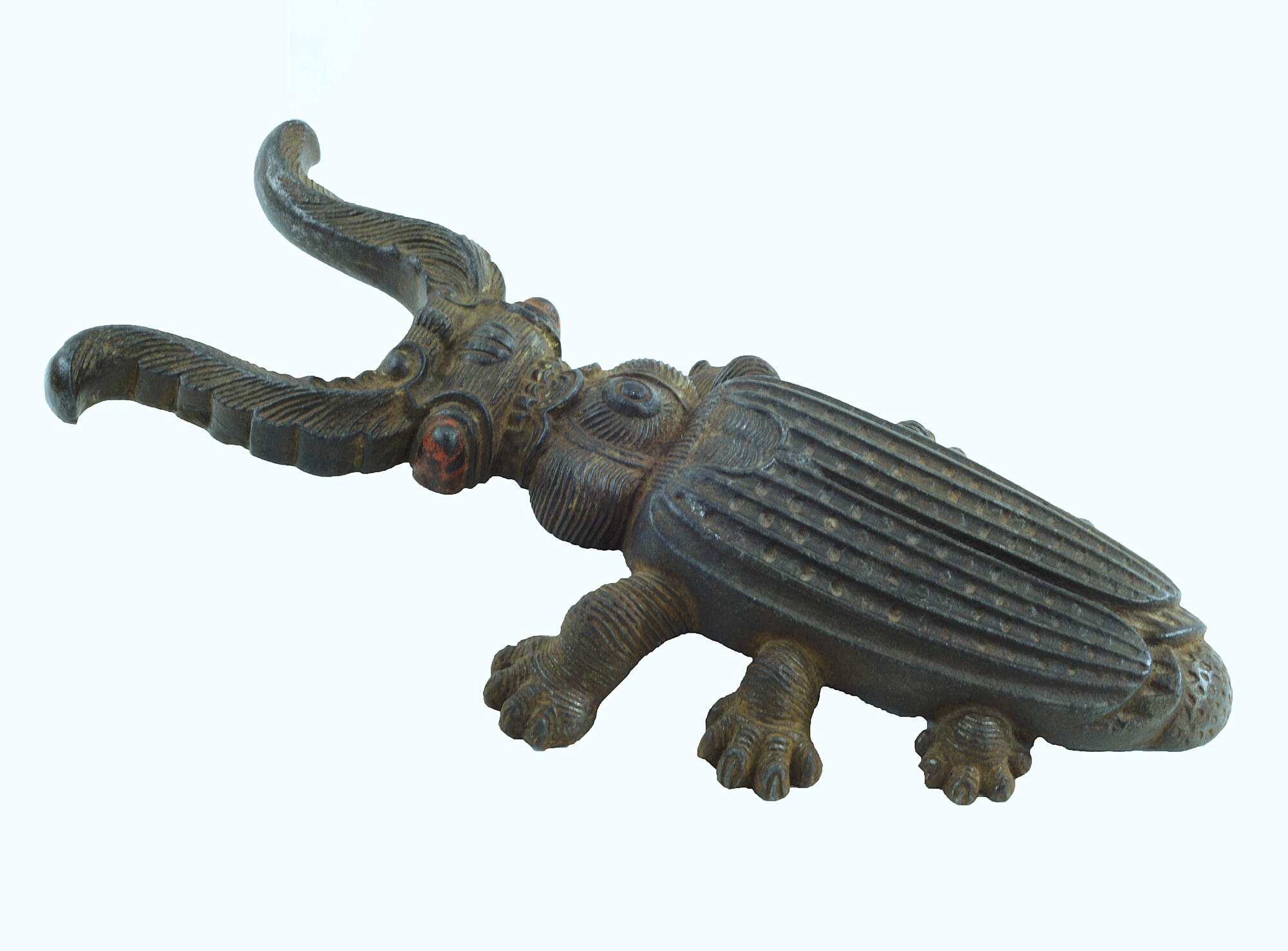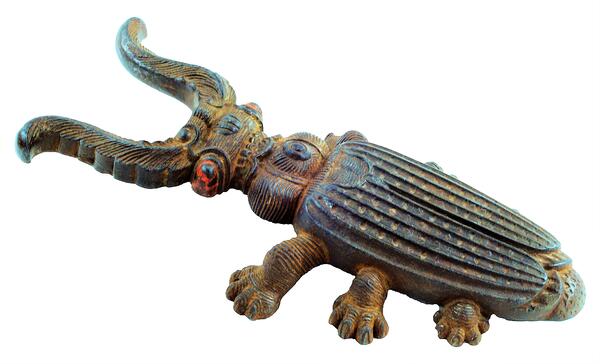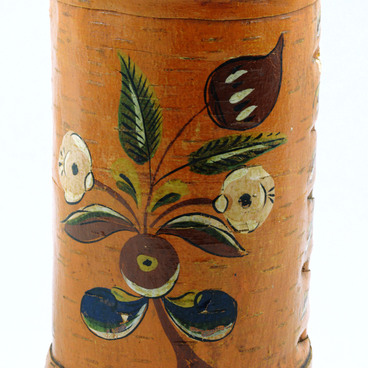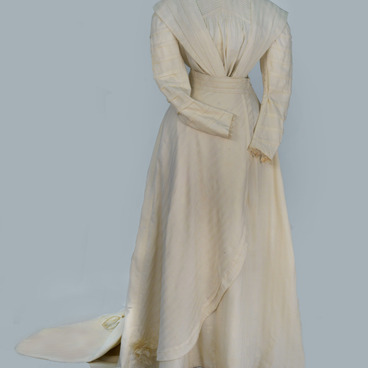The cast-iron boot jack “Beetle Servant” was used to take off shoes that did not have fasteners. Such a tool could be found in any noble house in the 19th century. Usually, it was made in the form of a beetle with a large mustache in the shape of a horseshoe, and sometimes in the form of a bull’s head with horns. As a rule, they were made of cast iron or wood.
This device takes its name from a state servant who was with an official or an officer. The servant passed orders, cleaned uniforms and boots, was in charge of the luggage, and ran various errands. Under Peter the Great’s rule, servants from the lower ranks who were in constant personal service with officers and officials began to be called orderlies. When an officer retired, the orderly could continue to perform his duties as a household servant. In 1881, the name “orderly” was abolished. Soldiers from combatant lower ranks began to be appointed to generals, officers, and officials as servants. There were no orderlies in the Red Army, and during World War II, personal drivers and other underlings performed their duties under senior officers.
The user placed the heel of the boot in a U-shaped mouth of the jack. Then he had to step on the other half of the device with the other foot fixing it with his own body weight. Due to the load distribution, the boot jack did not ruin the shoes, while attempts to remove one boot by stepping on its heel with the opposite foot could damage it.
Researchers are also aware of double boot jacks which have different-sized mouths on both sides for men’s and women’s shoes or children’s shoes. But men used this tool much more often since they wore high boots that were difficult to remove without help.
Boot jacks were especially popular with people who found it difficult to bend over to take off their shoes. It was obese people with back pain and other diseases.
As the museum experts assume, the boot jack displayed at the exposition was made by an anonymous craftsman since it doesn’t have a factory mark. Smithcraft was widespread in the Oryol Governorate in the late 19th century.
This device takes its name from a state servant who was with an official or an officer. The servant passed orders, cleaned uniforms and boots, was in charge of the luggage, and ran various errands. Under Peter the Great’s rule, servants from the lower ranks who were in constant personal service with officers and officials began to be called orderlies. When an officer retired, the orderly could continue to perform his duties as a household servant. In 1881, the name “orderly” was abolished. Soldiers from combatant lower ranks began to be appointed to generals, officers, and officials as servants. There were no orderlies in the Red Army, and during World War II, personal drivers and other underlings performed their duties under senior officers.
The user placed the heel of the boot in a U-shaped mouth of the jack. Then he had to step on the other half of the device with the other foot fixing it with his own body weight. Due to the load distribution, the boot jack did not ruin the shoes, while attempts to remove one boot by stepping on its heel with the opposite foot could damage it.
Researchers are also aware of double boot jacks which have different-sized mouths on both sides for men’s and women’s shoes or children’s shoes. But men used this tool much more often since they wore high boots that were difficult to remove without help.
Boot jacks were especially popular with people who found it difficult to bend over to take off their shoes. It was obese people with back pain and other diseases.
As the museum experts assume, the boot jack displayed at the exposition was made by an anonymous craftsman since it doesn’t have a factory mark. Smithcraft was widespread in the Oryol Governorate in the late 19th century.



